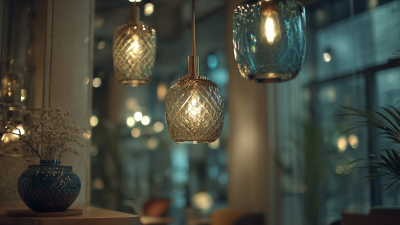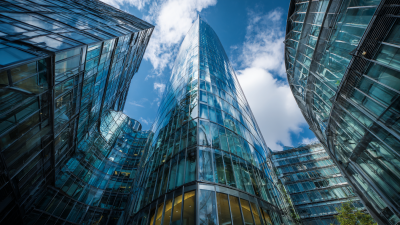
As the 138th Canton Fair approaches in 2025, the focus on innovative materials such as Anti Glare Glass continues to escalate within the industry. Recent market research indicates that the global anti-glare glass market is projected to expand at a compound annual growth rate (CAGR) of approximately 6.5% from 2023 to 2030, driven by increasing demand in sectors like electronics, automotive, and architecture. With advancements in technology enhancing the performance and aesthetics of Anti Glare Glass, manufacturers are poised to unveil cutting-edge solutions that cater to both functional and design needs. This growing trend emphasizes the integral role of Anti Glare Glass in improving user experience by minimizing reflections and enhancing visibility. As industry leaders and stakeholders gather to explore these developments at the Canton Fair, insights gleaned from this event will be pivotal in shaping the future trajectory of the market.
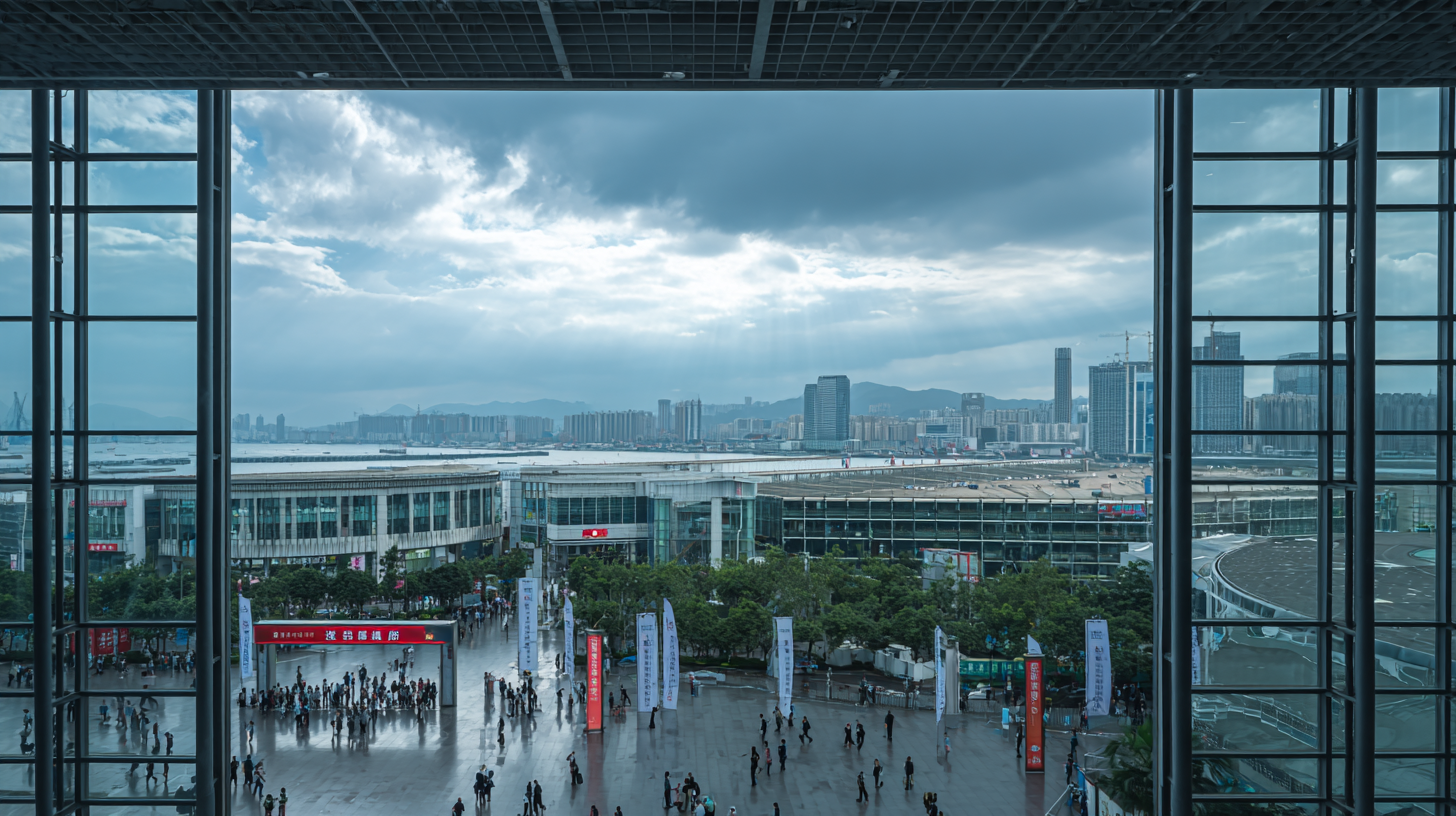
The significance of anti-glare glass in modern industries cannot be overstated, particularly as technology continues to advance and the demand for high-quality display solutions increases. A recent industry report from Grand View Research predicts that the global anti-glare glass market will reach USD 5.1 billion by 2025, expanding at a CAGR of 6.3% from 2020. This growth is driven by the increasing integration of anti-glare glass in televisions, smartphones, and automotive displays, where visual clarity and user comfort are paramount.
Moreover, anti-glare glass plays a critical role in enhancing productivity in workspace environments. According to a study by the American Society of Interior Designers, glare can lead to eye strain and fatigue, significantly impacting employee performance. By incorporating anti-glare solutions, companies can create more visually comfortable workspaces, reducing the risk of discomfort and improving overall efficiency. As industries continue to seek innovative solutions to enhance user experience, the adoption of anti-glare glass is poised to expand further, highlighting its essential role in modern applications.
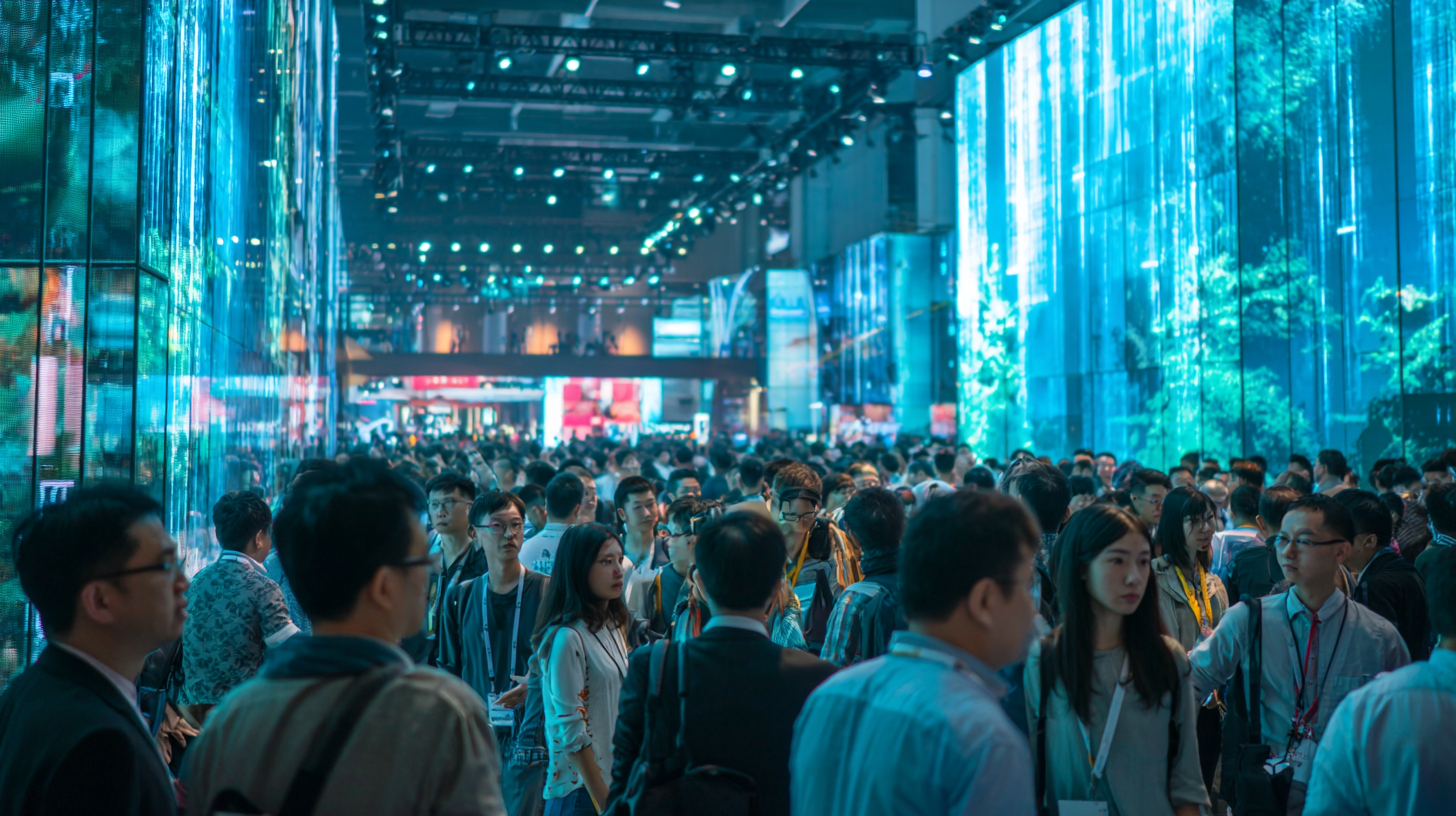
At the upcoming 138th Canton Fair in 2025, the focus on anti-glare glass manufacturing is set to unveil significant advancements in technology that could redefine industry standards. Emerging technologies such as nanotechnology and advanced coatings are being developed to enhance the performance characteristics of anti-glare glasses. According to a recent market research report by Grand View Research, the global anti-glare glass market is projected to reach $12.5 billion by 2027, growing at a CAGR of 9.1% from 2020. This growth is largely attributed to increased demand in sectors such as electronics and automotive, where glare reduction is critical for usability and safety.
Furthermore, innovative manufacturing processes are being explored, including the application of smart materials that react to environmental changes to optimize glare reduction. A study by MarketsandMarkets highlights that smart glass technology, which includes electrochromic and photochromic properties, is expected to drive market growth significantly, with a compound annual growth rate of 20.3% in the coming years. These developments highlight the growing intersection of technology and design in anti-glare glass, paving the way for new opportunities in architectural applications and consumer electronics.
This chart illustrates the projected growth trends in the anti glare glass manufacturing industry from 2023 to 2025, highlighting the increasing demand driven by emerging technologies and applications across various sectors.
The anti-glare glass market is witnessing significant shifts as we approach 2025, driven by evolving consumer preferences and innovative technology. According to a recent report by MarketsandMarkets, the global anti-glare glass market is expected to grow from USD 6.5 billion in 2023 to approximately USD 9.2 billion by 2025, reflecting a compound annual growth rate (CAGR) of 12.5%. This growth can be attributed to increasing demand in the automotive and electronics sectors, where clear visibility and reduced glare are paramount for user safety and experience.
Consumers are increasingly prioritizing quality and functionality, with a rising inclination towards smart glass solutions that offer adjustable light control. A survey conducted by Statista reveals that 68% of consumers are willing to pay a premium for glass products with enhanced anti-glare properties. This highlights a crucial trend where the focus has shifted not only towards aesthetic appeal but also towards practical usability in various applications, including residential, commercial, and automotive settings. Moreover, sustainability is becoming a pivotal consideration, aligning with consumer values that favor environmentally-friendly materials and production methods.
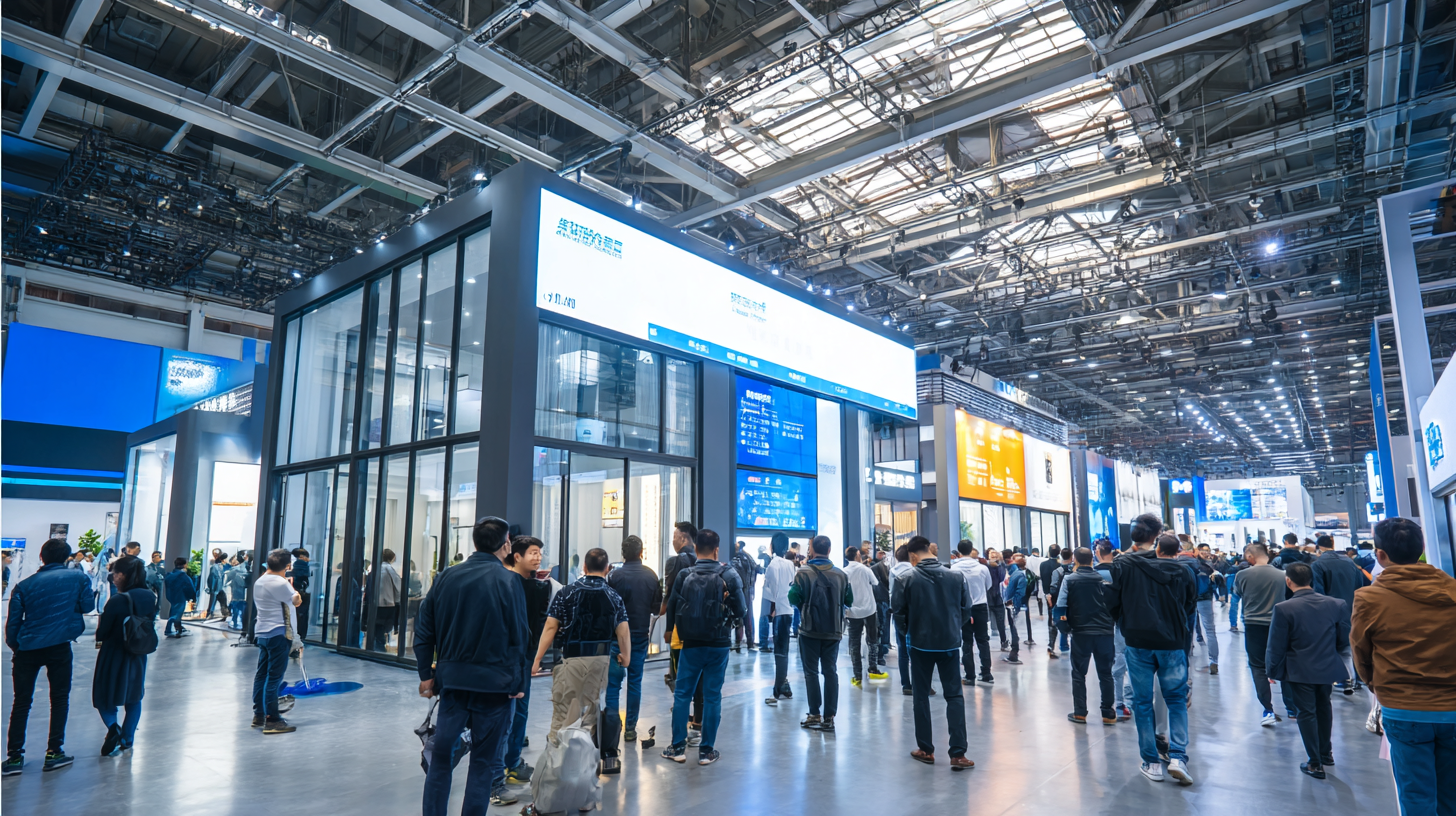
The 138th Canton Fair in 2025 is expected to showcase cutting-edge innovations in this field, reflecting these market dynamics and consumer trends.
The 138th Canton Fair 2025 provides a significant platform to explore the evolving landscape of anti-glare glass production, particularly with an emphasis on sustainability and eco-friendly practices. As the demand for high-quality architectural and automotive glass continues to rise, the industry faces increasing pressure to adopt environmentally responsible methods. According to a report by Grand View Research, the global green building materials market is expected to reach USD 1.3 trillion by 2027, underscoring the transition of manufacturers towards sustainable practices in their operations.
Utilizing advanced production techniques, such as low-emission coating technologies and recycled materials, manufacturers are working to reduce their carbon footprints. A study by the International Glass Association revealed that integrating recycled glass into the production process can decrease energy consumption by up to 30%, contributing significantly to the overall sustainability goals set by industry leaders. Moreover, innovations in product design, including energy-efficient anti-glare coatings and durable, eco-friendly finishes, are positioning manufacturers to align with global standards for environmental stewardship and circular economy principles.
As we move towards a more sustainable future, the commitment to eco-friendly practices in anti-glare glass production not only addresses consumer demand but also fosters regulatory compliance. The adoption of these practices is becoming a competitive edge for companies seeking to innovate while meeting the challenges posed by climate change. The Canton Fair will undoubtedly showcase these trends, offering insights into how the industry can navigate this crucial transition while succeeding in a socially responsible manner.
The anti-glare glass industry is poised for significant evolution in the coming years, with the 138th Canton Fair in 2025 serving as a pivotal platform for showcasing innovative solutions. As consumer demands shift towards enhanced visual comfort and energy efficiency, manufacturers must navigate a landscape fraught with both challenges and opportunities. One primary challenge is the need to integrate advanced coating technologies that enhance glare reduction without compromising clarity or aesthetic appeal. This requires continuous investment in research and development to stay competitive in a fast-paced market.
Moreover, businesses in the anti-glare glass sector will need to adapt to changing regulatory standards and eco-friendly practices. With increasing scrutiny on sustainability, companies have the opportunity to differentiate themselves by adopting greener production methods and promoting recyclable materials. By embracing these shifts and collaborating with industry partners for knowledge sharing, anti-glare glass enterprises can not only overcome obstacles but also thrive amidst emerging trends. This proactive approach will be essential to capture new market segments and bolster brand loyalty in an ever-changing economic environment.
